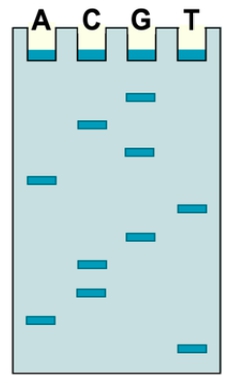Dideoxy sequencing, also known as Sanger sequencing, is a pivotal method for determining the sequence of DNA. This technique utilizes dideoxynucleotides (ddNTPs) as elongation terminators during DNA synthesis. The incorporation of ddNTPs halts the elongation process, allowing researchers to identify the specific nucleotide sequence of the DNA strand being analyzed.
First developed in 1977 by Frederick Sanger, this method marked a significant advancement in molecular biology, providing a reliable way to sequence DNA. The process involves synthesizing DNA strands of varying lengths, each ending with a ddNTP, which can then be separated by size through gel electrophoresis. By analyzing the resulting fragments, scientists can deduce the original DNA sequence.
Understanding dideoxy sequencing is essential for various applications in genetics, genomics, and biotechnology, as it laid the groundwork for modern DNA sequencing techniques. As we delve deeper into this topic, we will explore the mechanisms, applications, and advancements stemming from Sanger sequencing.



